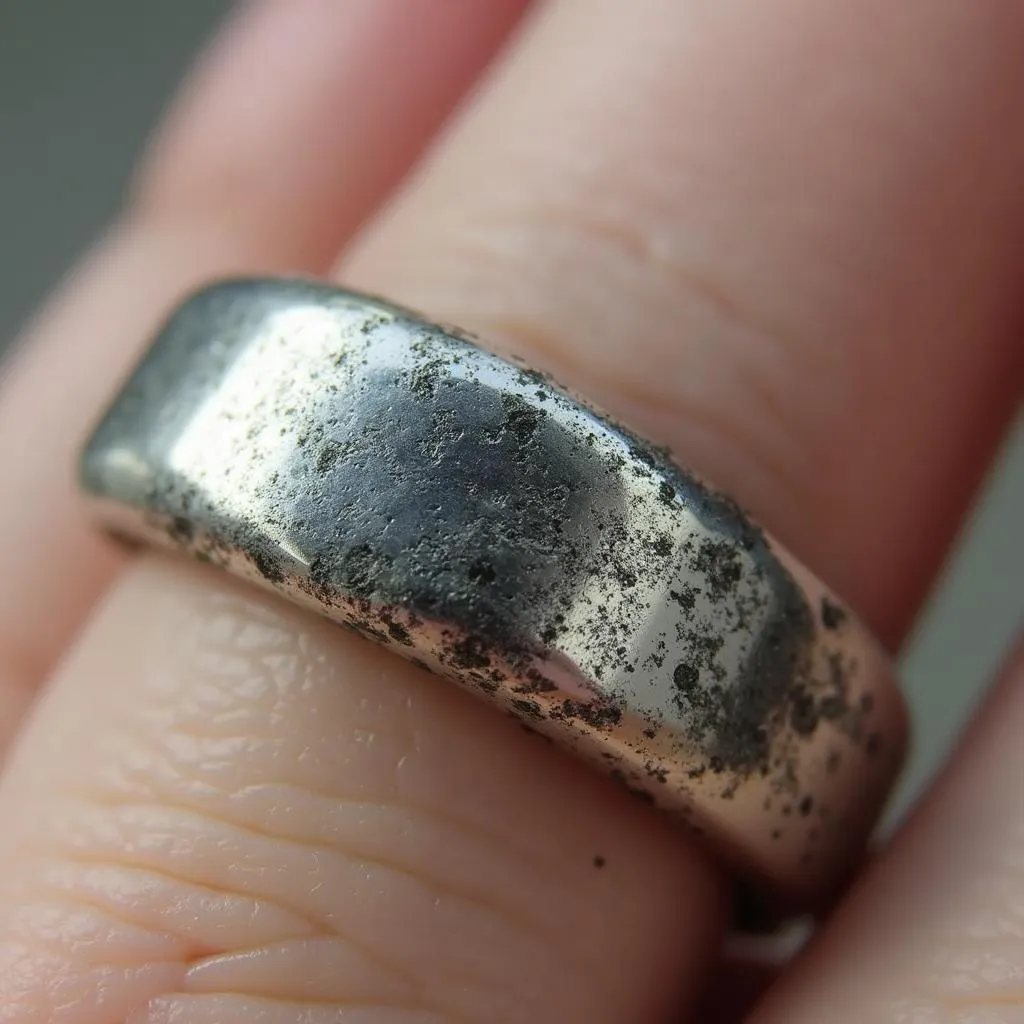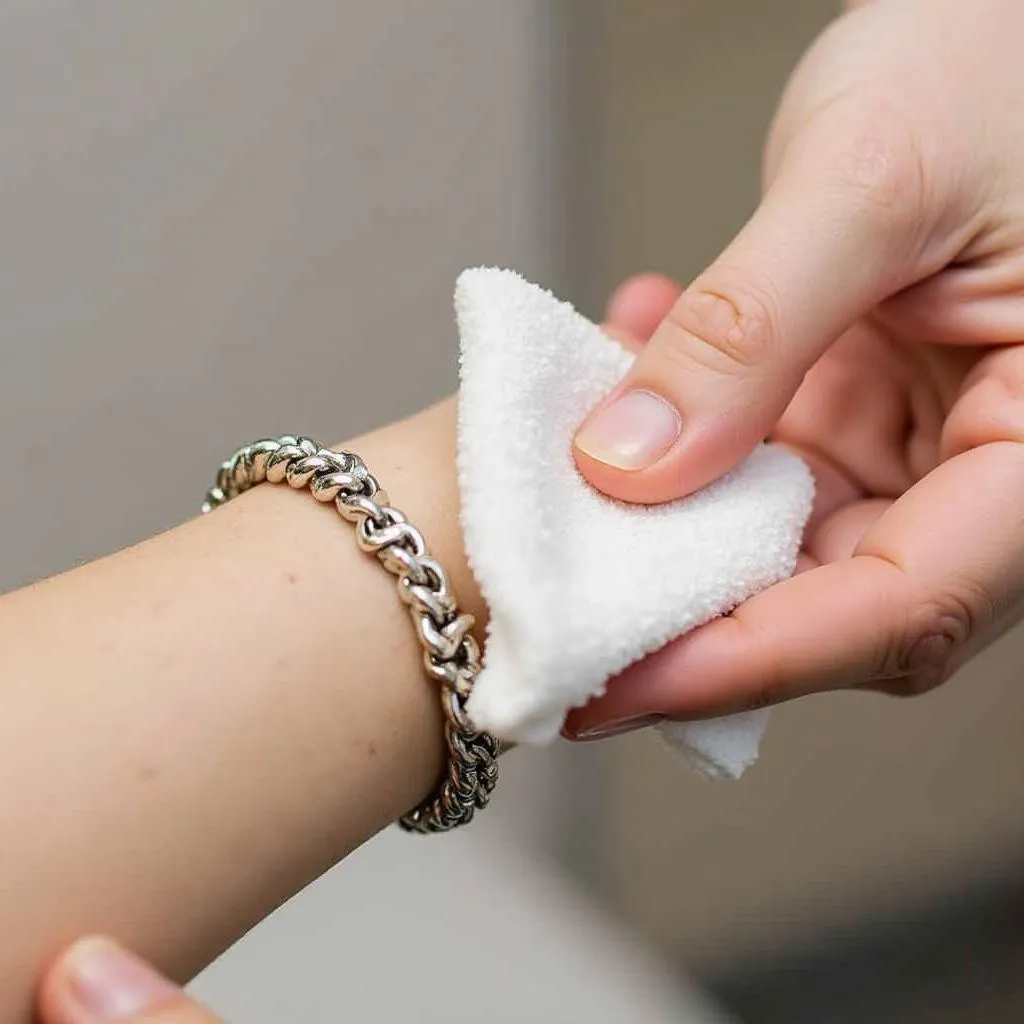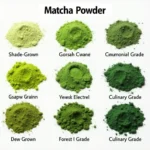Sterling silver is a popular choice for jewelry and other decorative items due to its lustrous shine and affordability compared to other precious metals. However, one question that often arises is: can sterling silver change color?
The answer, in short, is yes. Sterling silver can and does tarnish, which can cause a change in its color. But before you swear off your favorite silver necklace, let’s dive deeper into the reasons behind this color change and what you can do to prevent and reverse it.
What Causes Sterling Silver to Change Color?
Sterling silver is not made of pure silver. It is an alloy, meaning it’s mixed with other metals, primarily copper, to increase its durability. A standard sterling silver composition contains 92.5% silver and 7.5% other metals. While this blend makes the metal stronger, it also makes it susceptible to tarnishing.
Tarnish is a thin layer of corrosion that forms on the surface of silver when it reacts with sulfur-containing gases in the air. These gases are often found in our environment, released from everyday items like rubber bands, wool, and even some foods.
 Close-up of a tarnished sterling silver ring
Close-up of a tarnished sterling silver ring
When silver comes into contact with these sulfur compounds, a chemical reaction occurs, resulting in the formation of silver sulfide. This silver sulfide is what gives tarnished silver its characteristic dark or black appearance.
Factors That Accelerate Tarnishing:
- Humidity: High humidity levels accelerate the tarnishing process as moisture in the air facilitates the chemical reaction.
- Exposure to Pollutants: Airborne pollutants like sulfur dioxide, found in industrial areas and car exhaust, can also contribute to tarnishing.
- Contact with Chemicals: Chemicals found in perfumes, lotions, and household cleaners can react with silver and cause discoloration.
Can You Prevent Sterling Silver from Tarnishing?
While you can’t completely stop tarnishing, you can certainly slow it down by taking some preventive measures:
- Proper Storage: Store your sterling silver jewelry in airtight bags or a jewelry box lined with anti-tarnish cloth. This minimizes exposure to air and humidity.
- Regular Cleaning: Regularly cleaning your silver jewelry with a soft cloth specifically designed for silver polishing can help remove any early signs of tarnish.
- Avoid Contact: Try to avoid exposing your silver to harsh chemicals, perfumes, and lotions. Remove your jewelry before swimming in chlorinated pools or hot tubs.
How to Clean Tarnished Sterling Silver
Don’t worry if your silver has already started to tarnish! There are several effective ways to restore its shine:
- Silver Polishing Cloths: These cloths are impregnated with anti-tarnish agents and can effectively remove tarnish with gentle rubbing.
- Baking Soda Paste: Make a paste of baking soda and water, apply it to the tarnished areas, and gently rub with a soft cloth. Rinse thoroughly and dry with a soft cloth.
- Commercial Silver Cleaners: Numerous commercial silver cleaning solutions are available on the market. Always follow the manufacturer’s instructions carefully.
 Cleaning a tarnished silver bracelet with a polishing cloth
Cleaning a tarnished silver bracelet with a polishing cloth
Is Discoloration Always Tarnish?
While tarnishing is the most common culprit behind color changes in sterling silver, it’s important to note that other factors can also play a role.
- Patina: Some people appreciate the aged look of tarnish, often referred to as patina. Patina is a thin layer of oxidation that can develop on the surface of silver, creating a desirable antique or vintage look.
- Reactions with Other Metals: Wearing sterling silver jewelry alongside other types of metal, especially those containing a high percentage of copper, can sometimes cause a reaction that leads to discoloration.
- Body Chemistry: Interestingly, individual body chemistry can also influence how quickly silver tarnishes. Factors like the pH level of your skin and the medications you take can contribute to faster tarnishing in some individuals.
Sterling Silver: A Metal That Evolves
Remember, sterling silver is a living metal that interacts with its environment. While tarnishing is a natural process, by understanding the causes and taking preventive measures, you can keep your silver sparkling for years to come. Embrace the unique character and evolving beauty of your sterling silver pieces as they reflect the passage of time.
FAQ:
-
Can I wear sterling silver jewelry every day?
- Yes, you can wear sterling silver jewelry daily. However, regular cleaning and proper storage are recommended to maintain its shine.
-
Is it safe to use toothpaste to clean silver?
- While toothpaste can be tempting, it’s not recommended. The abrasive ingredients in toothpaste can scratch the surface of your silver.
-
Can I prevent tarnishing altogether?
- While you can’t completely eliminate tarnishing, you can significantly slow down the process by following proper care and storage guidelines.
-
What if my silver jewelry is severely tarnished?
- For heavily tarnished pieces, consult a professional jeweler for cleaning and restoration.
-
Is tarnished silver harmful to wear?
- No, tarnished silver is not harmful to wear. It’s purely an aesthetic issue.
Need help with your tarnished sterling silver? Contact us!
Phone: 0373298888
Email: [email protected]
Visit us: 86 Cầu Giấy, Hà Nội.
Our customer service team is available 24/7 to assist you.

